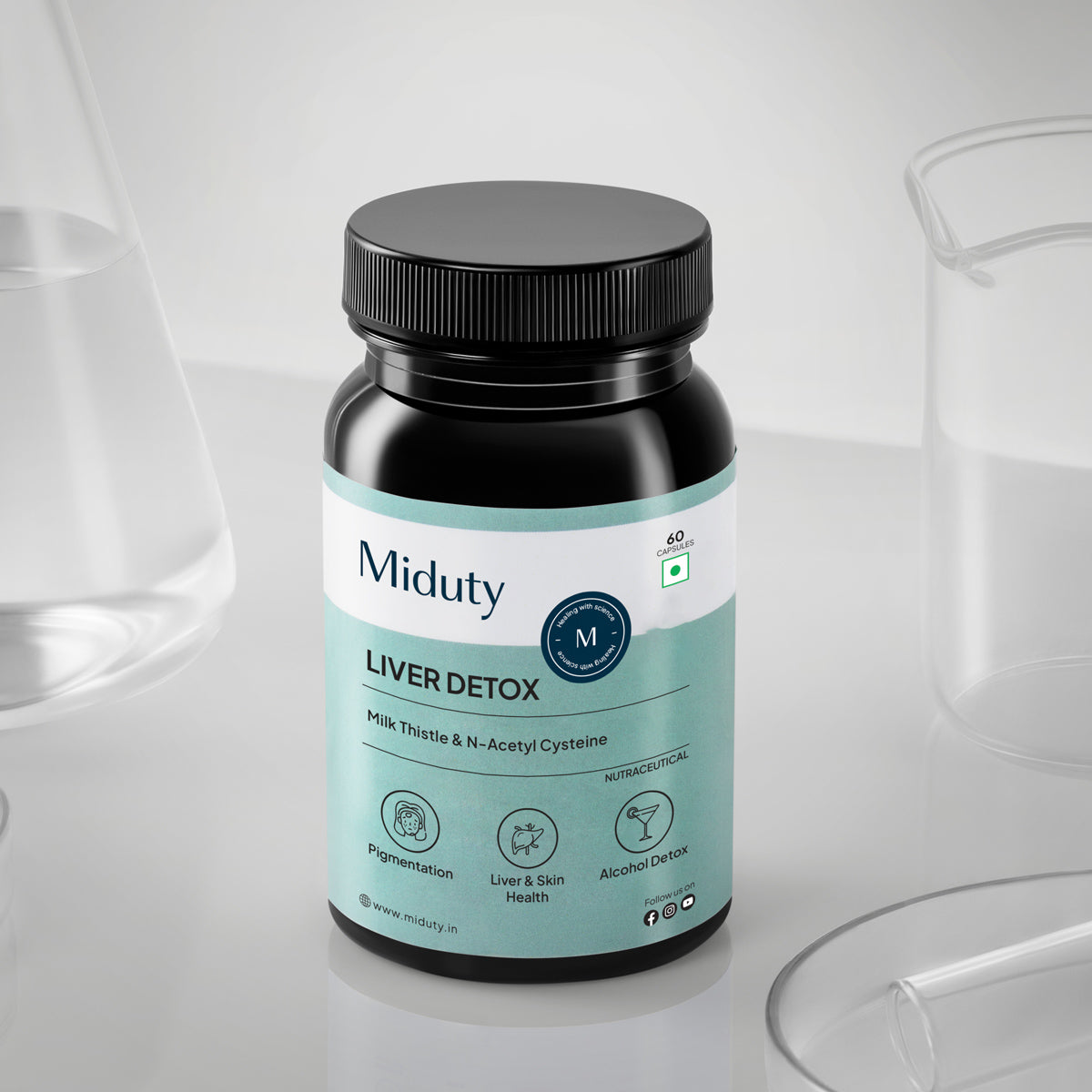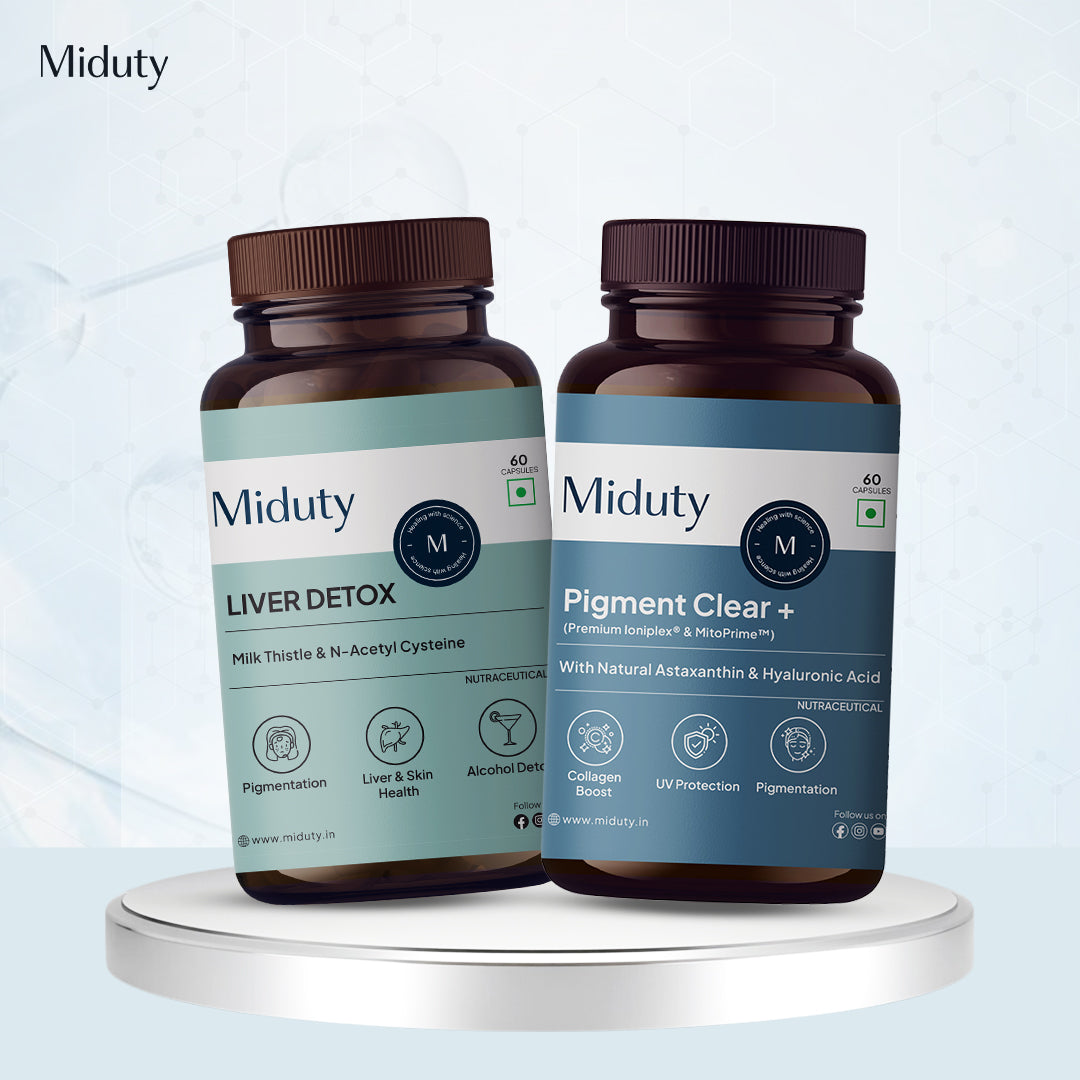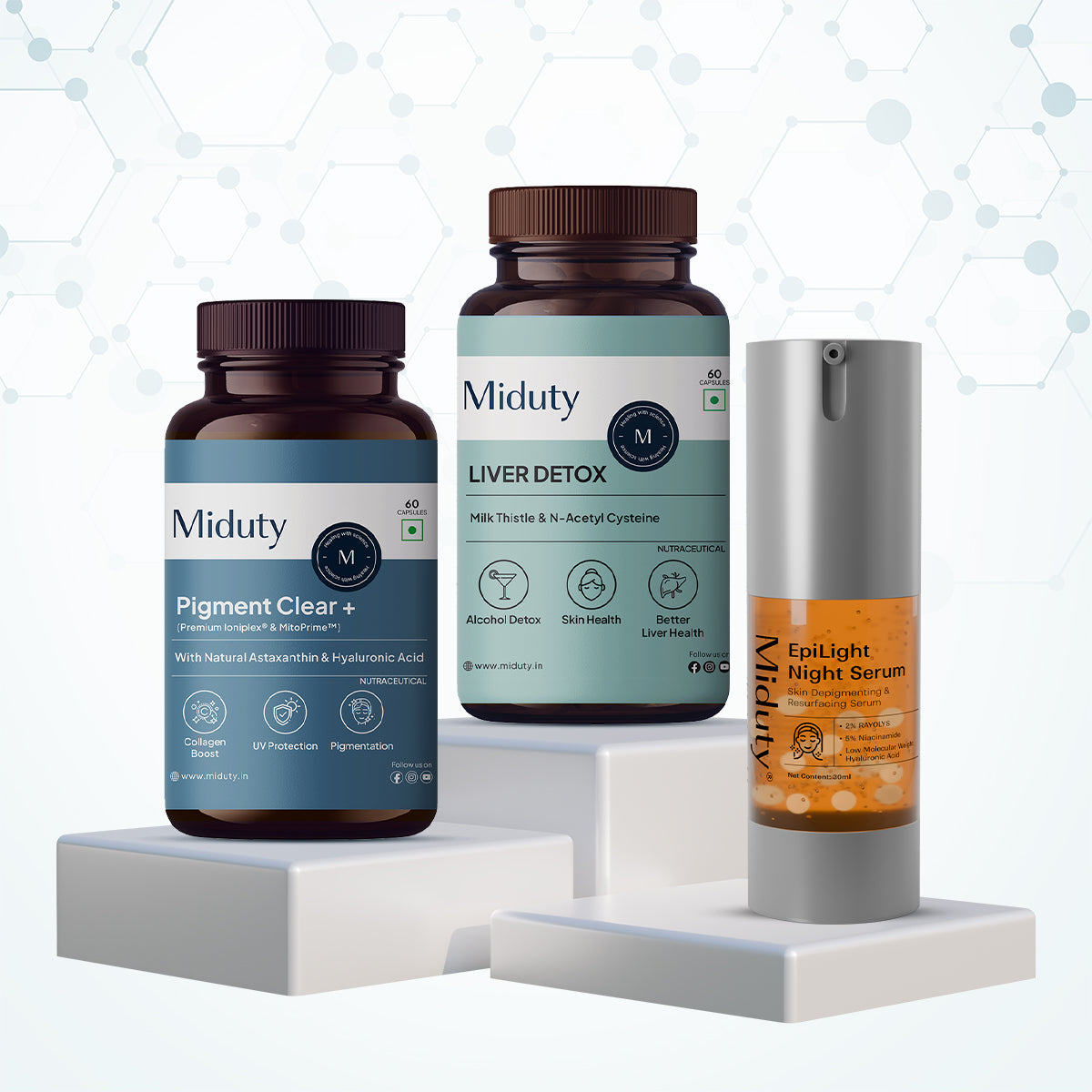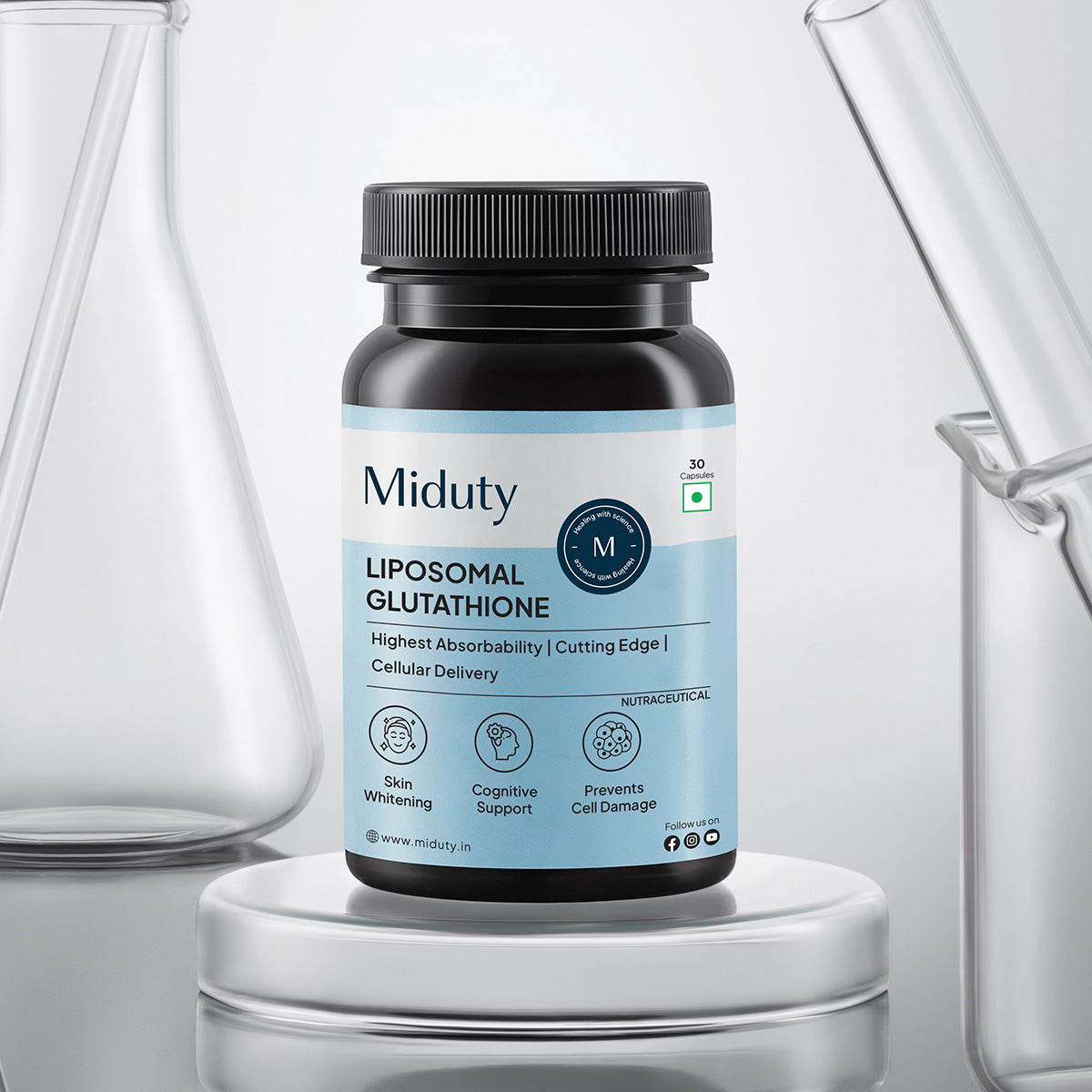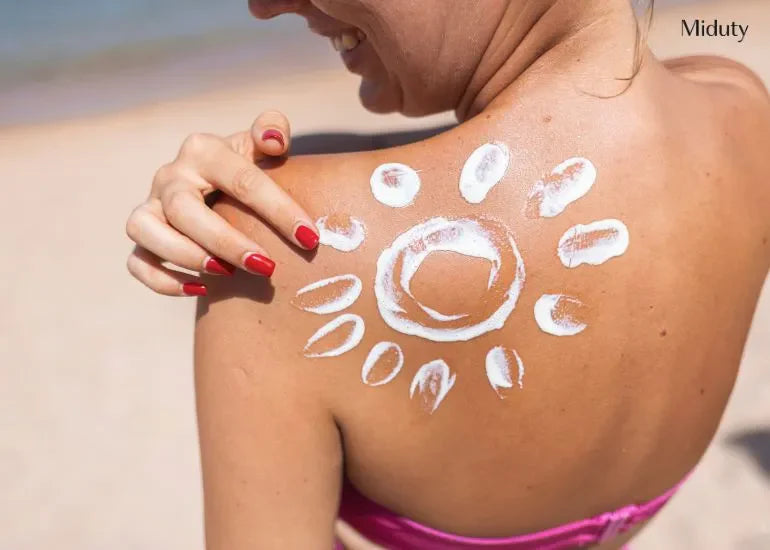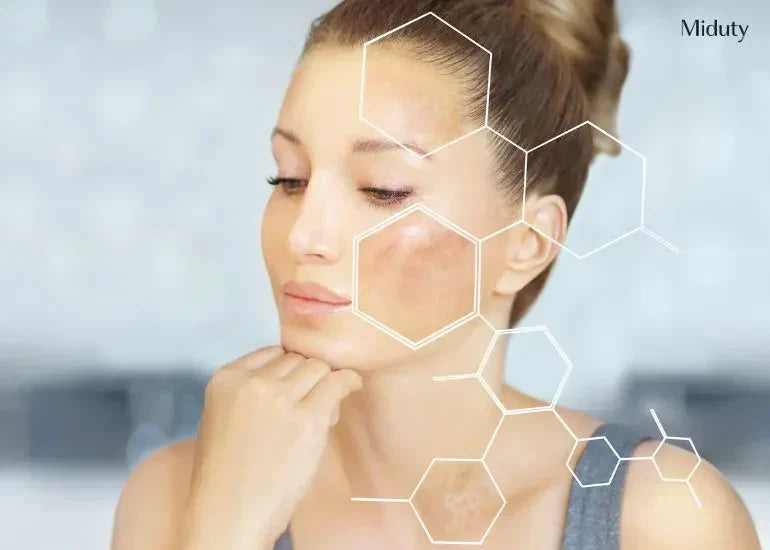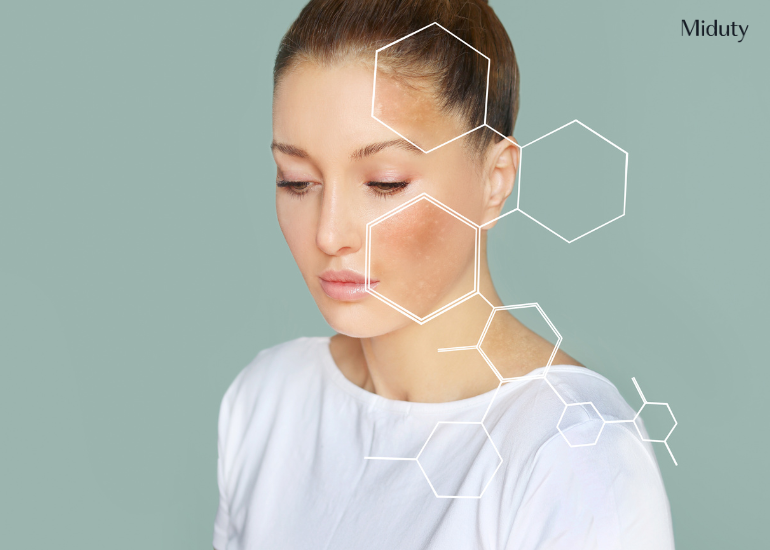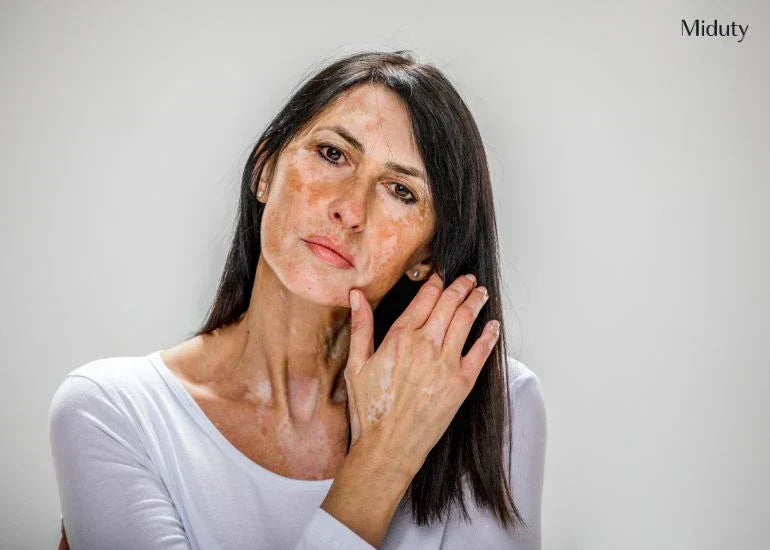
Vitiligo 101: Types, Causes, Symptoms, Diet Tips, and Treatments
Have you ever noticed someone with white patches on their skin and wondered what it is? That's vitiligo—a condition that happens when the skin loses its natural color in certain areas. It's not contagious, it doesn't cause pain, but it can sometimes feel harder to deal with emotionally than physically. For many, those patches become a constant reminder in social situations, making confidence a daily challenge. The truth is, vitiligo affects people of all ages, backgrounds, and skin tones yet every story is unique. While there isn't a permanent cure, there are treatments, lifestyle habits, and even diet changes that can make a real difference. Most importantly, vitiligo doesn't define who you are, it's just one part of your journey.
Key Takeaways
1. Vitiligo isn't harmful—but it can be emotionally challenging. While it causes no physical pain, the visible patches can affect confidence and self-esteem.
2. The exact cause is complex. Genetics, autoimmune response, oxidative stress, and even lifestyle triggers like stress or skin injury may play a role.
3. Different types, different patterns. From generalized to segmental or universal vitiligo, the condition can look very different for each person.
4. Treatment is possible—even if there's no cure. Options range from creams and phototherapy to surgical methods and emerging therapies like JAK inhibitors.
5. Lifestyle makes a big difference. Balanced nutrition, supplements, stress management, and sun protection support both skin health and emotional well-being.
What is Vitiligo?
Vitiligo is an autoimmune condition in which melanocytes—the cells responsible for producing melanin (the pigment that gives skin, hair, and eyes their color)—are destroyed. As a result, depigmented or white patches appear on the skin. These patches can gradually spread over time and vary in size and location. Vitiligo affects people of all races, but it is often more noticeable in individuals with darker skin tones.
The condition can appear at any age, but most cases develop before the age of 30. Vitiligo does not cause physical pain or medical complications, but its psychological and social effects can be significant.
How Does Vitiligo Start and Progress?
Vitiligo begins when melanocytes, the skin cells responsible for producing pigment (melanin), are destroyed or stop functioning. This leads to the appearance of lighter or white patches on the skin. It often starts with small spots that may gradually spread or merge into larger areas over time. The progression of vitiligo varies widely—some people notice only a few patches that remain stable, while others may experience rapid or widespread changes.
The patches may appear symmetrically on both sides of the body or in just a few isolated places. Common areas include the face, hands, elbows, knees, and around body openings like the mouth and eyes. Hair in affected areas can also turn white due to loss of pigment in hair follicles. Stress, sunburn, or certain health conditions may sometimes trigger or worsen its progression.
How Common is Vitiligo?
Vitiligo is considered a relatively common skin condition, affecting about 1% of the global population. It can occur in people of all races, genders, and ages, though it often becomes noticeable before the age of 30. Because it affects visible areas of the skin, it tends to attract more attention than other skin conditions of similar prevalence. Although not life-threatening or contagious, its impact on self-image can be significant.
The condition is found equally among men and women, and rates are similar across ethnic backgrounds. In regions with darker skin tones, vitiligo often appears more pronounced, which can make it seem more common than it actually is. Studies continue to investigate whether genetics or environmental factors influence its prevalence in different populations.
Who Does Vitiligo Affect?
Vitiligo can affect anyone, regardless of age, gender, or ethnicity. However, many cases are first diagnosed in childhood or early adulthood. People with a family history of vitiligo or autoimmune diseases may be at a higher risk of developing the condition. It's also slightly more common in individuals with other autoimmune disorders, such as thyroid disease, type 1 diabetes, or alopecia areata.
While the condition itself causes no physical pain, its visibility can lead to emotional stress and social challenges. In darker skin tones, the contrast between affected and unaffected areas is more noticeable, which can intensify its psychological impact. Despite this, people with vitiligo can live healthy, active lives, and treatment options are available to help manage its appearance.
Types of Vitiligo
Vitiligo can present in different forms, depending on the pattern and extent of pigment loss:
1. Generalized Vitiligo: The most common type, where patches appear symmetrically on both sides of the body (e.g., hands, knees, elbows).
2. Segmental Vitiligo: Patches appear on only one side or area of the body, often starting at a younger age and progressing for a few years before stabilizing.
3. Focal Vitiligo: Limited to a few small patches in one area, often without spreading extensively.
4. Acrofacial Vitiligo: Affects the face, hands, and feet—areas most exposed to the sun.
5. Universal Vitiligo: A rare and severe type, where more than 80% of the skin loses pigment.
Symptoms of Vitiligo
Vitiligo mainly affects the skin's pigment, but its signs can appear in different parts of the body. The condition itself is not painful, but the visible changes can be significant. Symptoms may include:
1. White patches – Loss of skin color in small or large areas.
2. Spreading spots – Patches that may gradually grow or merge.
3. Premature graying – Early whitening of hair on the scalp, beard, eyebrows, or eyelashes.
4. Mucosal changes – Loss of color inside the mouth or nose.
5. Eye involvement – Changes in pigmentation of the retina or inner eye.
Causes of Vitiligo
The exact cause of vitiligo is not fully understood, but several factors are believed to contribute to its development:
1. Autoimmune Response: The most widely accepted cause is an autoimmune reaction, where the immune system mistakenly attacks melanocytes, leading to pigment loss.
2. Genetic Factors: Vitiligo often runs in families, suggesting a genetic predisposition. Several genes related to immune function have been linked to increased risk.
3. Oxidative Stress: Imbalance between free radicals and antioxidants in the body may damage melanocytes, triggering vitiligo.
4. Environmental Triggers: Factors like stress, skin injury (Koebner phenomenon), sunburn, or exposure to certain chemicals may initiate or worsen vitiligo.
5. Neurogenic Factors: Some researchers suggest a connection between nerve endings and melanocyte destruction, though this is still under study.
What Are the Treatments for Vitiligo?
While there is no permanent cure for vitiligo, several treatments can help restore pigment or even out skin tone:
1. Medical Treatments
- Topical Corticosteroids: Reduce inflammation and may help re-pigment small patches, especially if started early.
- Calcineurin Inhibitors (Tacrolimus, Pimecrolimus): Effective for sensitive areas like the face and neck.
- Phototherapy (Narrowband UVB): A widely used treatment that exposes skin to specific ultraviolet light to stimulate melanocyte activity.
- Excimer Laser: Targets small patches with concentrated UVB light.
2. Surgical Treatments
- Skin Grafting: Involves transplanting pigmented skin onto vitiligo patches.
- Cell Transplants: Melanocyte and keratinocyte transplant procedures (MKTP) are emerging options for stable vitiligo.
3. Cosmetic Options
- Camouflage Makeup: Specialized concealers and self-tanning products help mask patches.
- Depigmentation Therapy: For widespread vitiligo, depigmenting unaffected skin may create a uniform appearance.
4. Emerging Therapies
Recent research is exploring JAK inhibitors (e.g., ruxolitinib cream) and other immune-modulating drugs, showing promising results for re-pigmentation.
Diet for Vitiligo
A balanced diet rich in antioxidants and essential nutrients may help manage vitiligo and support skin health:
1. Foods to Include
- Antioxidant-rich foods: Berries, leafy greens, carrots, and tomatoes.
- Healthy fats: Avocados, nuts, seeds, and olive oil.
- Protein sources: Fish, lean meats, legumes, and eggs.
- Copper-rich foods: Lentils, chickpeas, sunflower seeds, and mushrooms.
- Zinc-rich foods: Pumpkin seeds, beans, and whole grains.
2. Foods to Avoid
- Highly processed foods: Excess sugar and refined carbs may increase inflammation.
- Excessive alcohol: May interfere with nutrient absorption.
- Certain allergens: Some individuals report flare-ups with dairy, gluten, or citrus—though this varies from person to person.
Supplements for Vitiligo
Nutritional support plays a key role in managing vitiligo. While supplements cannot cure the condition, they may improve skin health and support treatment outcomes:
1. Vitamin D: People with vitiligo often have low vitamin D levels, which play an important role in immune regulation and skin health.
2. Vitamin B12 and Folic Acid: Studies suggest that combining these with sun exposure may help re-pigmentation in some cases.
3. Vitamin C: A strong antioxidant that protects cells from oxidative stress, which may contribute to melanocyte damage.
4. Zinc and Copper: Essential minerals for melanin production and overall skin function.
5. Ginkgo Biloba: Research shows it may slow vitiligo progression and support re-pigmentation due to its antioxidant and immune-modulating effects.
6. Omega-3 Fatty Acids: Found in fish oil and flaxseeds, these reduce inflammation and support healthy skin.
Lifestyle Tips for Living with Vitiligo
Beyond medical treatments and nutrition, lifestyle choices play a role in managing vitiligo effectively:
1. Sun Protection: Use sunscreen daily to protect depigmented patches from burns and reduce contrast.
2. Stress Management: Stress can worsen autoimmune conditions. Practices like yoga, meditation, and deep breathing help.
3. Support Networks: Joining vitiligo support groups can provide emotional encouragement and practical advice.
4. Regular Checkups: Working closely with a dermatologist ensures the best treatment outcomes.
5. Hydration:Drinking enough water helps maintain overall skin health and detoxification.
Final Thoughts
Vitiligo may not have a definitive cure, but it is a manageable condition. With a combination of medical treatment, dietary support, supplements, and healthy lifestyle choices, people with vitiligo can significantly improve both their skin health and quality of life. Importantly, raising awareness and promoting acceptance can help reduce the stigma often associated with visible skin conditions. Every patch tells a story—and with the right care, those living with vitiligo can embrace both their uniqueness and their wellness journey.
Frequently Asked Questions on Vitiligo -
Q1 - Can vitiligo go away naturally?
No, vitiligo usually does not disappear on its own. In some cases, people may notice partial repigmentation, particularly in the early stages, but complete recovery without treatment is rare. Medical therapies are often needed to help restore skin color or manage the condition effectively.
Q2 - What is the main cause of vitiligo?
The main reason for vitiligo is the destruction of melanocytes, the cells that produce pigment in the skin, by the body's own immune system. This autoimmune reaction leads to the characteristic white patches associated with the condition. While the exact trigger for this immune response is not always clear, several factors are believed to play a role.
Q3 - How can I stop vitiligo from spreading?
While there's no guaranteed way to stop vitiligo from spreading, early intervention and various treatments can help manage its progression and improve skin pigmentation. These include topical corticosteroids, calcineurin inhibitors, light therapy, and lifestyle modifications like sun protection and stress management.
Q4 - Is vitiligo treatable?
Although vitiligo has no permanent cure, several treatments can help control the condition and encourage repigmentation in some areas. Options may include topical therapies, light-based treatments such as phototherapy, and in certain cases, surgical procedures.
Q5 - What not to eat in vitiligo?
Although there is no specific diet universally prescribed for vitiligo, certain foods are often advised to be limited or avoided. This is because some foods may trigger inflammation, increase oxidative stress, or affect immune system balance, all of which can influence the condition, since vitiligo is an autoimmune disorder.
References


